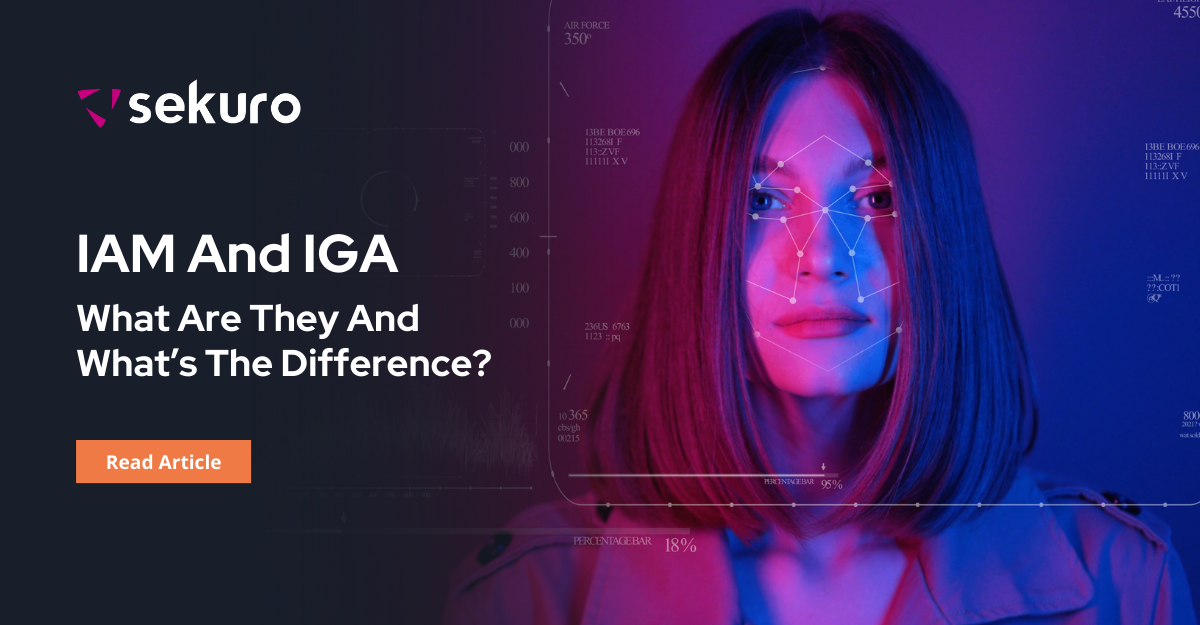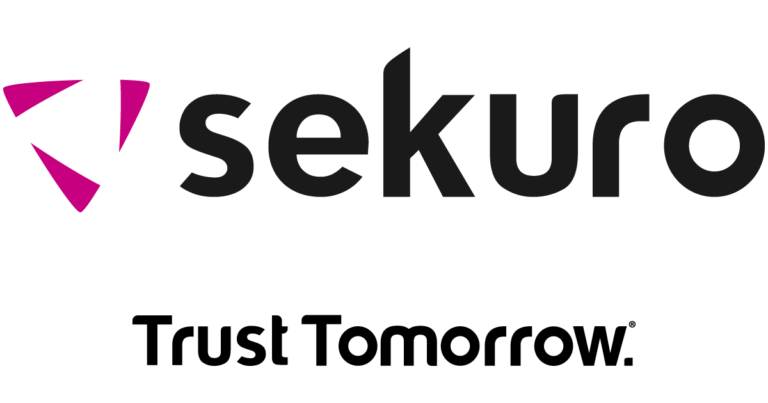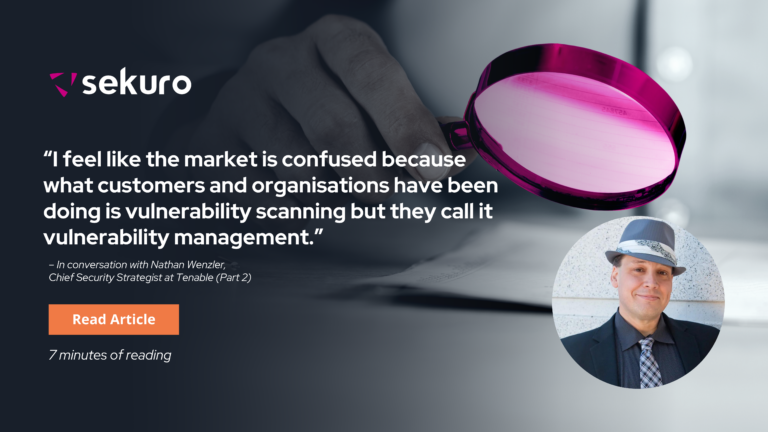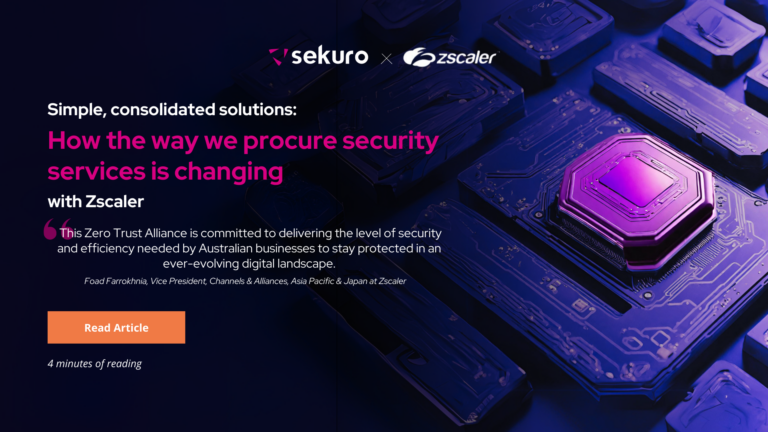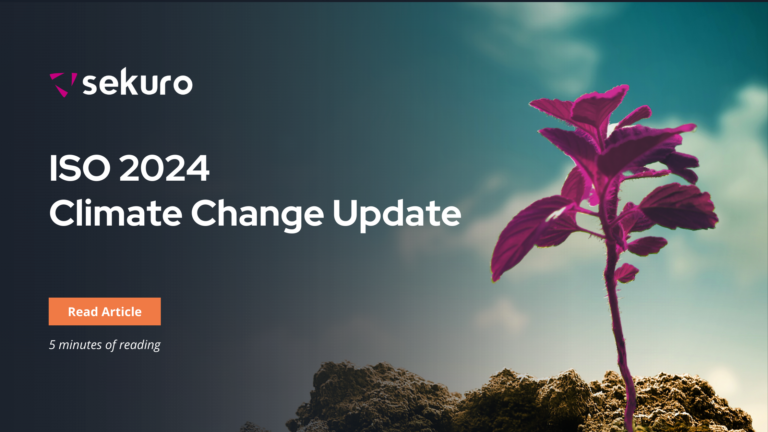As digital identities and access become more widespread, the associated risks involved in managing identities and their access also increase. Organisations face mounting difficulties in granting and overseeing access rights due to the growing number of applications needed by employees to carry out their daily tasks. Consequently, the need for effective Identity Access Management (IAM) and Identity Governance Administration (IGA) solutions is on the rise. These solutions play a crucial role in the efficient management and protection of various forms of identities, including human, non-human (devices, servers), and digital identities, along with their associated access privileges within an organisation.
In order to minimise the potential risks, it is of utmost importance to gain a clear understanding of the distinguishing factors between IAM and IGA options, as well as comprehend their respective functionalities in managing identities and access. By doing so, organisations can effectively navigate the complex landscape of identity management and make informed decisions that align with their unique needs and requirements.
Identity Access Management (IAM)
IAM solutions primarily focus on providing secure and efficient management of identities, authentication, and authorisation, ensuring that the right individuals have access to the appropriate resources within an organisation’s digital ecosystem. IAM systems typically encompass various components such as user provisioning, password management, single sign-on, and role-based access control. These capabilities enable organisations to enforce strong security measures and streamline access management processes, thereby reducing the risk of unauthorised access or data breaches.
Key Components
- Multi-factor authentication services
- Passwordless authentication options
- Single sign-on with Software-as-a-Service (SaaS), On-premises Applications
- API access management
- Password management
- Compliance and audit services
- Automatic provisioning services
- Role-based access control
- Self-service access requests
Identity Governance Administration (IGA)
While IAM primarily deals with the technical aspects of managing identities and access, IGA adds a layer of control and oversight to ensure that proper policies, procedures, and regulations are adhered to, extending the capabilities of IAM by incorporating governance and compliance functionalities. IGA solutions enable organisations to define and enforce access policies, perform access certifications and audits, and establish segregation of duties to mitigate the risk of fraudulent activities or unauthorised access. By implementing IGA, organisations can achieve greater visibility and control over their digital identities, enhancing overall security and compliance posture.
Key Components
- Identity lifecycle management
- Segregation of duties
- Access requestAccess governance
- Access review and certification
- Workflow automation management
- Entitlement management
- Automated onboarding & offboarding
- Orchestration of certification campaigns
- Continuous access auditing
- Access policy and role management
- Reporting and analytics
Conclusion
Understanding the nuances between IAM and IGA is crucial for organisations to select the most suitable solution for their specific requirements. While IAM focuses on operational efficiency and access management, IGA provides additional governance and compliance capabilities to address regulatory requirements and mitigate risks associated with identity and access management.
By combining Identity Management and Identity Governance solutions, organisations can build a robust and comprehensive identity management framework that protects their digital assets, minimising the chance that data will be compromised or breached.

Roseline Christopher
Consultant, Sekuro
Roseline Christoper is a cyber security and IAM consultant at Sekuro who is 3x Okta and 3x CyberArk Certified. She has supported some of Australia’s largest companies implementing converged security solutions. Roseline's experience play a critical role in ensuring the security and integrity of Sekuro's client's systems and networks. With her expertise in security measures and technologies, she contributes to maintaining customer trust, protecting sensitive data, and mitigating potential security risks.

